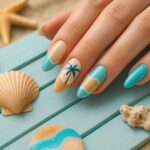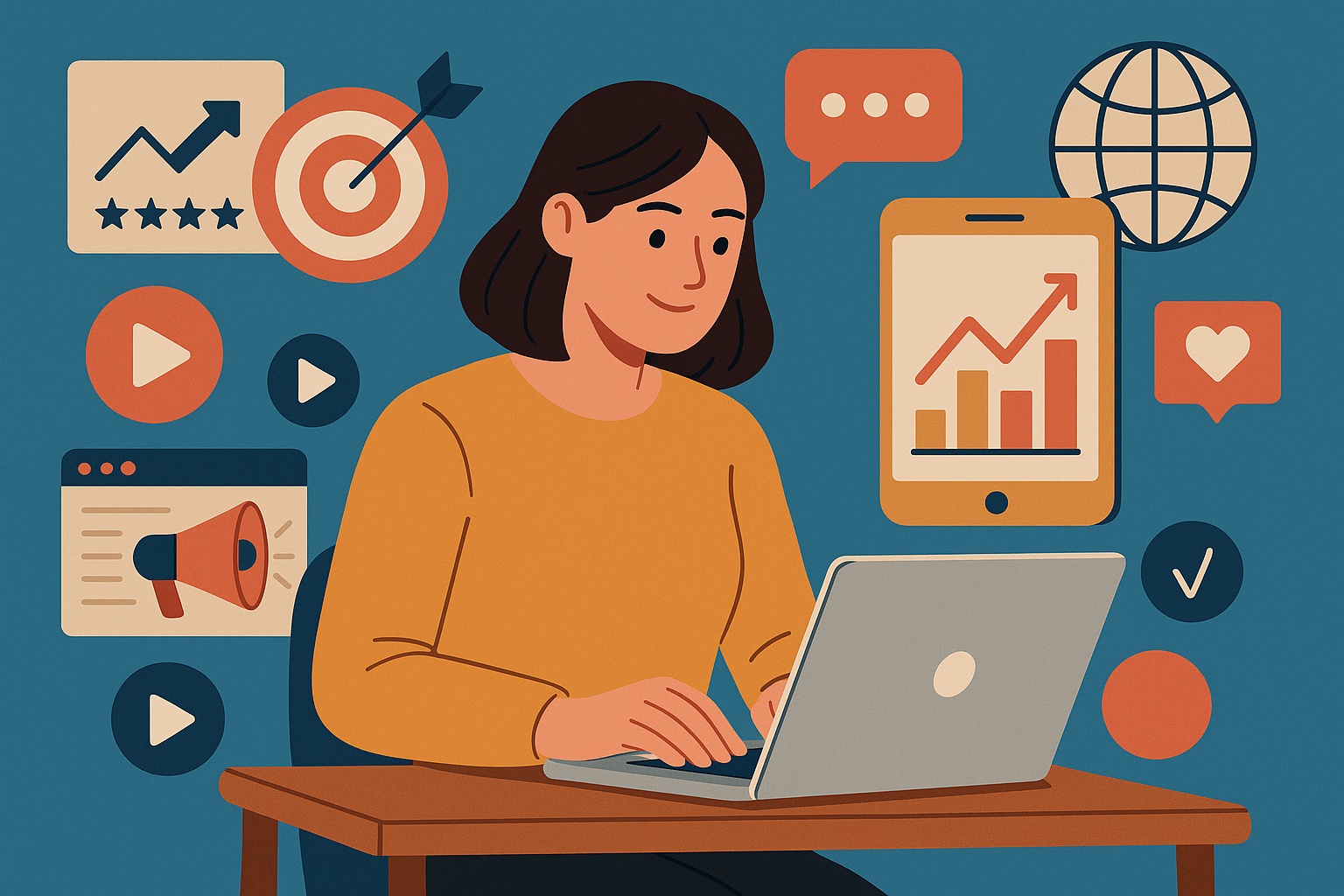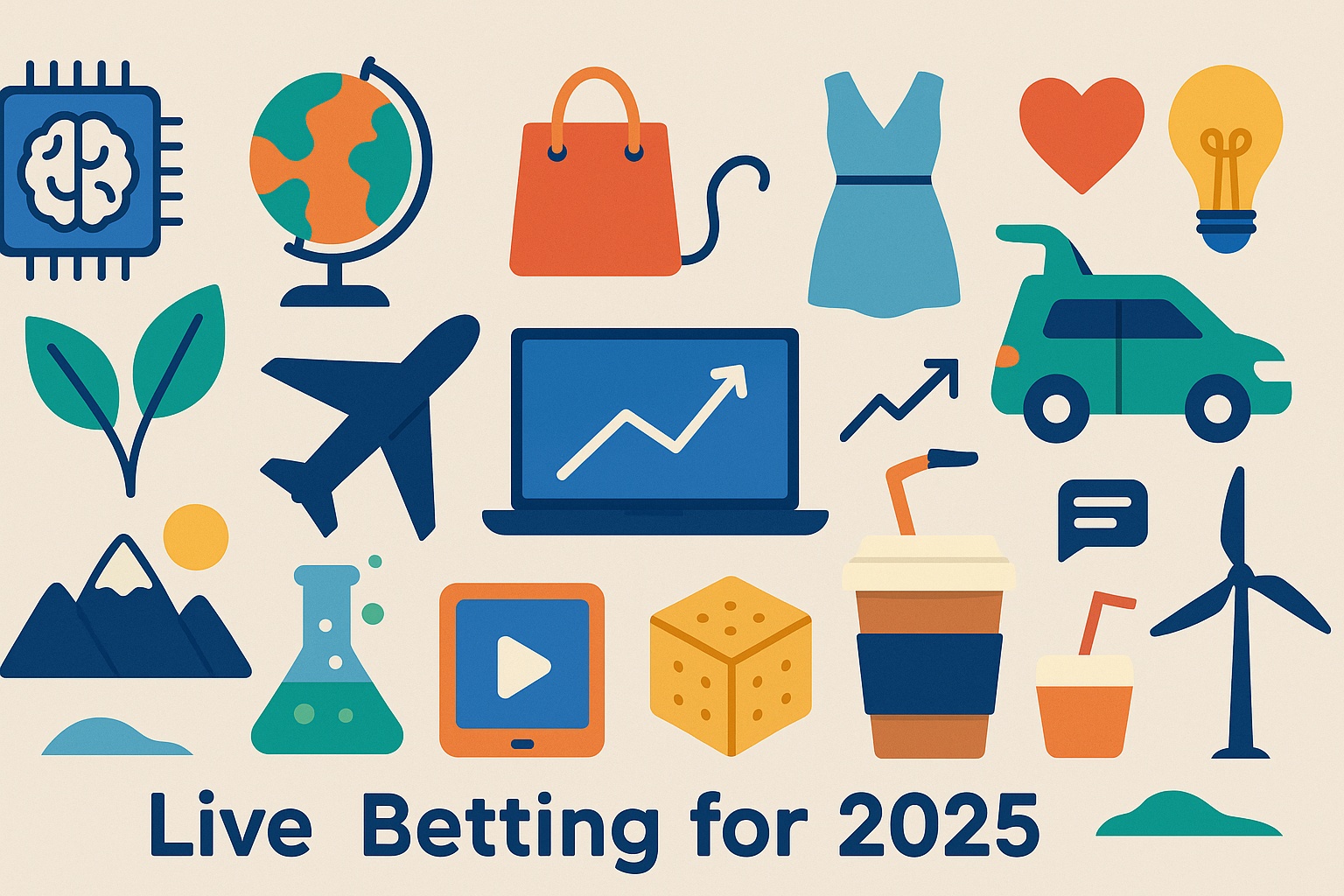Blue Light Therapy is emerging as a powerful, non-invasive treatment for common skin issues like acne, inflammation, and excessive oil production. In 2025, it’s becoming one of the most sought-after skincare methods, favored by dermatologists and at-home users alike for its simplicity and visible results.
What Is Blue Light Therapy?
Blue Light Therapy is a form of phototherapy that uses specific wavelengths (typically 405–470 nanometers) to penetrate the skin’s surface. Unlike UV light, which can damage tissue, blue light safely targets acne-causing bacteria (Cutibacterium acnes) and helps reduce oil production in sebaceous glands.
The treatment can be delivered via in-office dermatological devices or portable at-home LED masks and handheld tools. Sessions typically last between 10 to 20 minutes and require no recovery time, making it ideal for people with busy lifestyles or those seeking alternatives to harsh topical medications.
It is often used alone or in combination with other light therapies, like red light (for inflammation and collagen support), to improve overall skin clarity, tone, and texture.
Why It’s Gaining Popularity in 2025
- Rise in Acne Cases: Stress, hormones, and environmental pollutants continue to fuel acne outbreaks across all age groups.
- Minimal Side Effects: Unlike chemical peels or retinoids, blue light therapy offers results without dryness, redness, or peeling.
- At-Home Innovation: New FDA-cleared LED devices make it easy to incorporate blue light into daily skincare routines.
- No Medications Required: A great option for those who prefer drug-free treatment or cannot tolerate antibiotics or topical prescriptions.
- Visible Results: Many users report reduced breakouts and oil within 2–4 weeks of consistent use.
As consumers demand cleaner, simpler, and tech-driven skincare options, Blue Light Therapy is leading the way — offering a science-backed solution that fits seamlessly into modern life.
Benefits of Blue Light Therapy
From teen acne to adult oil control, Blue Light Therapy offers a range of clinical and cosmetic benefits with minimal risk. Here’s how this light-based treatment can improve various skin conditions:
| Use Case | Target Skin Condition | Benefit | Treatment Frequency |
|---|---|---|---|
| Mild to Moderate Acne | Inflammatory & non-inflammatory acne | Kills bacteria, reduces lesions and oil | 3–5 times/week for 4–6 weeks |
| Oily Skin Management | Sebaceous gland overactivity | Reduces oil production | 2–3 times/week ongoing |
| Maskne (Mask Acne) | Localized acne due to friction and humidity | Calms inflammation, prevents breakouts | Daily or every other day as needed |
| Rosacea Flare-Ups | Facial redness and sensitivity | Soothes irritation, reduces bacteria | 2–3 times/week with dermatologist guidance |
| Post-Acne Maintenance | Recurring or hormonal acne | Prevents recurrence, controls flare-ups | 1–2 times/week ongoing |
“Blue light therapy has changed the game for patients who want clear skin without prescriptions. It’s safe, effective, and now accessible at home.” — Dr. Elena Navarro, board-certified dermatologist
One of the key advantages of Blue Light Therapy is its adaptability. Whether you’re visiting a clinic or using an FDA-approved LED mask at home, you can experience visible improvements with minimal disruption to your daily routine.
How to Use Blue Light Therapy Safely
Using Blue Light Therapy is generally safe for most skin types when done correctly. Follow these best practices to ensure maximum benefits with minimal risk:
- Choose a Verified Device: Select an FDA-cleared or dermatologist-recommended tool. Avoid unregulated imports or high-intensity lamps not designed for skin treatment.
- Follow Recommended Timing: Most devices suggest 10–20 minutes per session, depending on intensity. Overuse does not accelerate results and may cause irritation.
- Clean Skin First: Always use blue light on clean, dry skin. Remove makeup, sunscreen, or oils before beginning.
- Target Specific Areas: Focus on acne-prone zones such as cheeks, chin, or T-zone. Avoid eyes, lips, or mucous membranes unless the device has eye protection built in.
- Be Consistent: Results depend on regular use. Stick to the suggested schedule for at least 4–6 weeks.
Common Mistakes to Avoid
Even with its safety profile, Blue Light Therapy can be ineffective or irritating when misused. Avoid these common pitfalls:
- Using It Too Often: More isn’t better. Overexposure can lead to redness, dryness, or sensitivity — especially on fair skin.
- Combining With Harsh Ingredients: Avoid applying retinoids, AHAs, or benzoyl peroxide immediately before or after sessions unless approved by a dermatologist.
- Skipping Sunscreen: Blue light doesn’t tan the skin, but regular use may increase photosensitivity. Daily SPF is essential to prevent pigmentation or sun damage.
- Expecting Overnight Results: While some users see improvement in a week, most require 4–8 weeks for noticeable change. Patience is part of the process.
By treating Blue Light Therapy as part of a well-rounded skincare regimen — not a standalone miracle — you’ll maximize both safety and results.
FAQs
- Does Blue Light Therapy hurt?
No. It’s non-invasive and painless for most users. Some may feel mild warmth or tingling during sessions. - Can I use it every day?
It depends on the device and your skin’s sensitivity. Most users benefit from 3–5 sessions per week. Daily use may be safe for mild acne but consult product guidelines. - Is it effective for rosacea?
Blue light may help reduce inflammation and bacteria, but results vary. Always consult with a dermatologist before using it for rosacea-prone skin. - Is Blue Light Therapy safe for dark skin tones?
Yes. Unlike some laser or IPL treatments, blue light is safe for all Fitzpatrick skin types and does not cause hyperpigmentation when used properly. - Can I combine blue light with other skincare products?
Yes — but avoid harsh actives (like retinoids) immediately before or after sessions unless approved by a professional. Hydrating and calming products are best post-treatment.
Conclusion
Blue Light Therapy represents a bright, science-backed solution for those dealing with acne, oil, and skin irritation. As demand grows for gentle, non-chemical skincare treatments, this technology shines — both literally and figuratively.
Whether you’re a skincare minimalist or tech-obsessed beauty fan, incorporating Blue Light Therapy into your weekly routine could be the glow-up your skin needs. Just remember: consistency, safety, and realistic expectations are the foundation for visible, lasting results.












